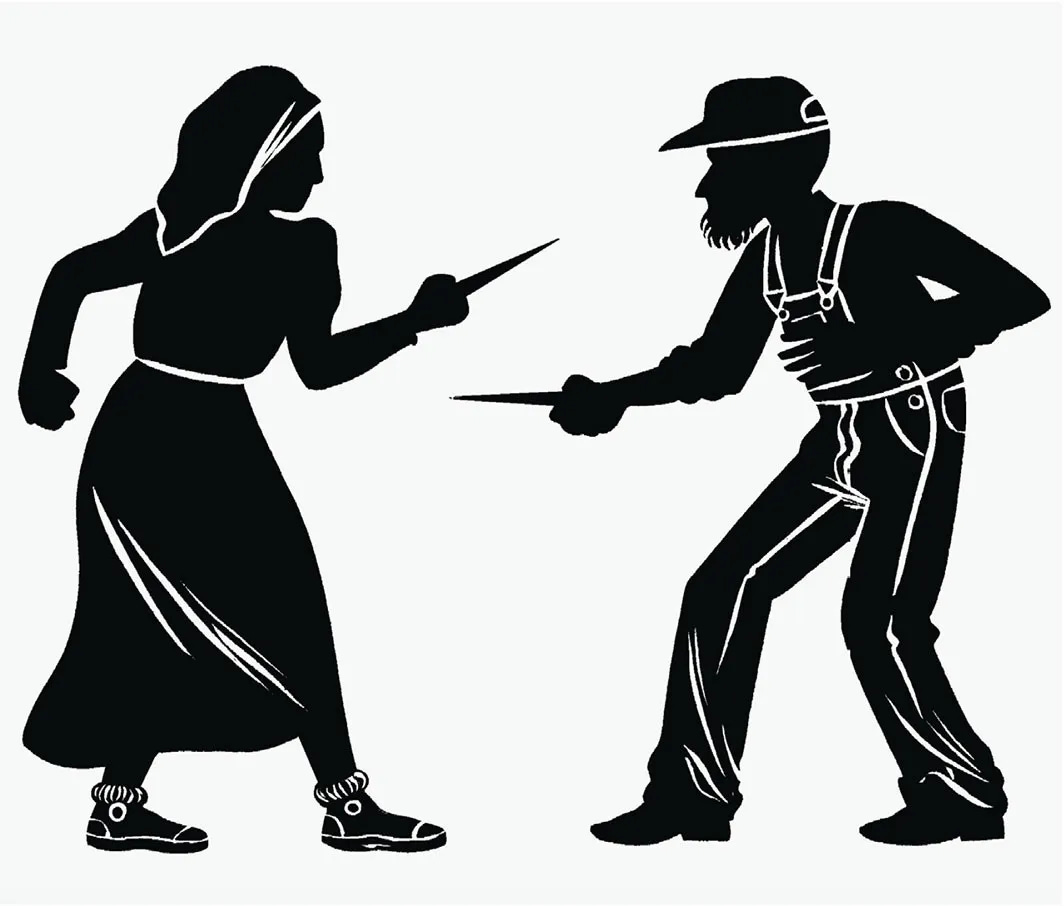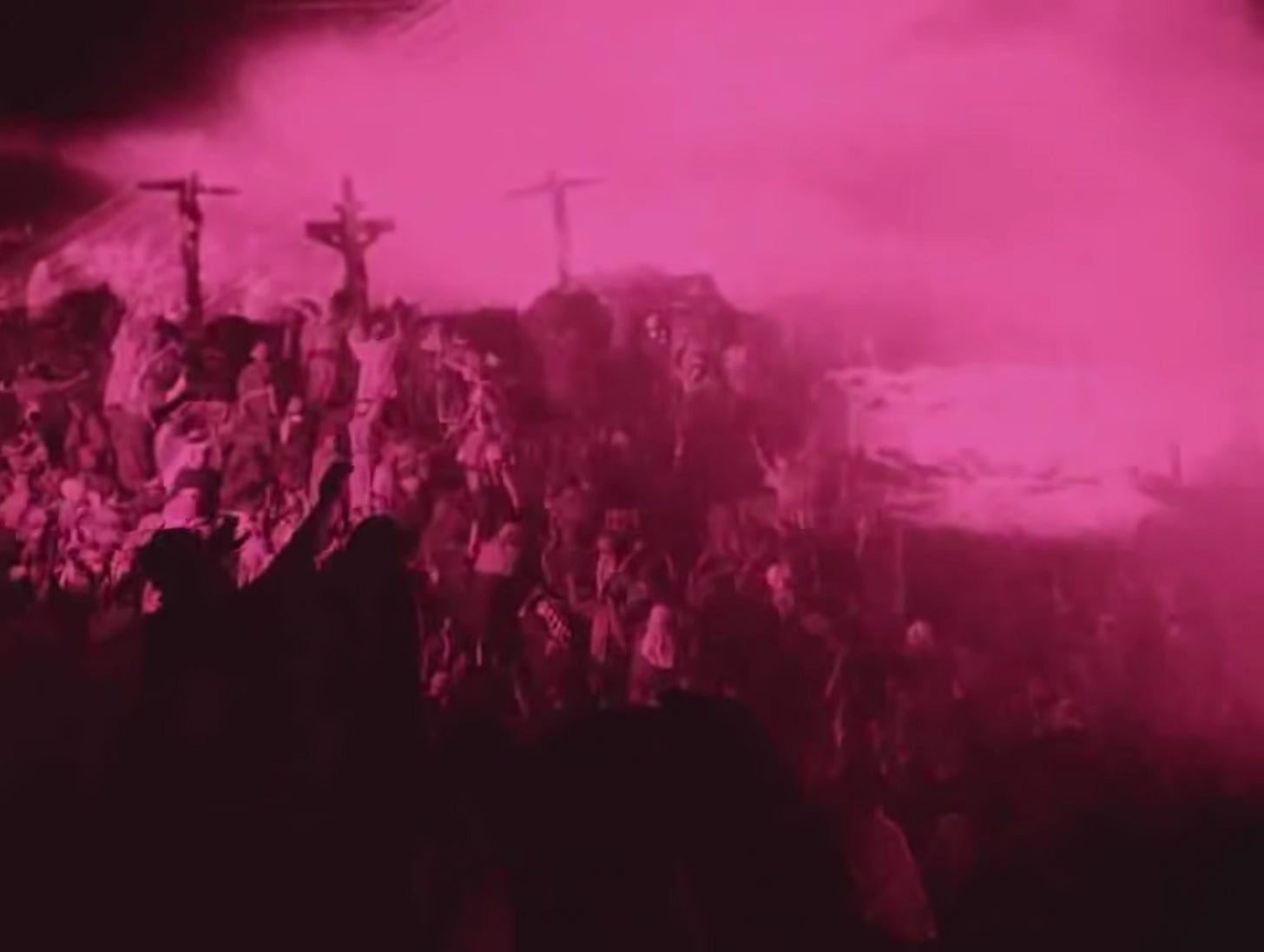Witness to Atrocity: Watching Women Talking
excerpt from an essay on Sarah Polley and Miriam Toews' film & book.
This is an excerpt from an essay I have coming out in the Los Angeles Review of Books in late December. It’s about the depiction of atrocity in Women Talking — Miriam Toews’ 2018 novel and Sarah Polley’s new film.
In a short section of memoir titled “My Life as a Writer” in her 1997 book Life and Death, Andrea Dworkin wrote that “literature is always simpler and easier than life, especially at conveying atrocity.” There are few prose writers of the 20th century more qualified to speak to the difficulties — or lack thereof — of writing about atrocity than Dworkin. Those who have encountered her righteous, incendiary, violently direct writing, no matter their reaction to it, hardly ever walk from the encounter untouched. In many ways Dworkin’s approach to representing violence and atrocity is a perfect contrast to the approach taken up by Miriam Toews in her 2018 novel Women Talking, one which survives the translation from text to audiovisuals but is not unchanged (or unblemished) in Sarah Polley’s recent adaptation. Both parties are concerned with the same subjects — the plague of misogyny and its most crudely literal weapon, rape, the difficulty of conceiving an adequate course of justice, and the deepest set of questions, rarely spoken aloud that nevertheless saturate each page, each minute of runtime: is the violence of men more inherent than it is learned? Can the compulsion of men to dominate, to pillage, to destroy, to occupy, rape, and kill ever be extinguished? And if it can’t, what is to be done about the fact that many women love men, desire to live with them, and of course give birth to them?
Dworkin and Toews/Polley take starkly different approaches to addressing these questions. But before we investigate this critical difference, it’s important to highlight the other major differences between Dworkin’s project and the project that Toews and Polley share. Namely, Dworkin’s primary mode was non-fiction (speech and essay writing), where Toews and Polley’s is fiction, still discursively driven and drawn from real events, but employing a storytelling approach rather than an expository one. Even more salient, Dworkin did not mean to merely represent violence against women but to stop it through ferocious rhetorical attacks. Here is where Dworkin’s project diverges from the project undertaken by Women Talking, and it is in this question of how atrocity can and should be represented that the fullest richness, depths, and illuminating flaws of Polley’s film in particular can be revealed.
I want to focus here on how unimaginable mass crimes can be imagined, really if they can be imagined, what then happens to those who witness whatever form that imagination takes, and what share of responsibility the author of it has in what happens the witnesses. Where Andrea Dworkin was relentlessly straightforward in her approach to representing atrocity, Polley is circuitous. Where Dworkin meant to erect representations in order to demolish them, driving straight through to her audience in order to shake them into an active state, Polley means to imagine atrocity in order to illustrate how hard it is to imagine atrocity. In doing so she’s given a great gift to contemporary feminist consciousness and the field of witnessing and testimony. But she leaves her audience in a precarious position, one that is not easily resolved by whatever entertainment, inspiration, or outrage factor her film holds.






This is by far the best thing I've seen about the movie and the book. I have thought about writing something myself, and I still could, but meanwhile I am thinking I would like to cross-post this. Not sure how to do that though!